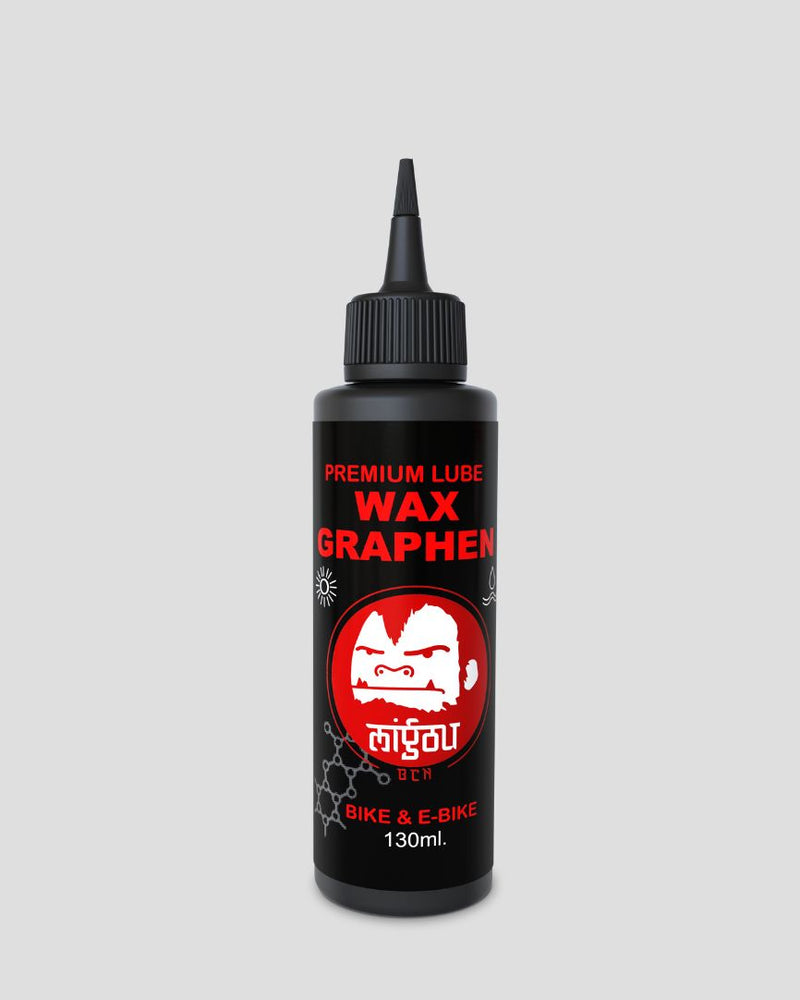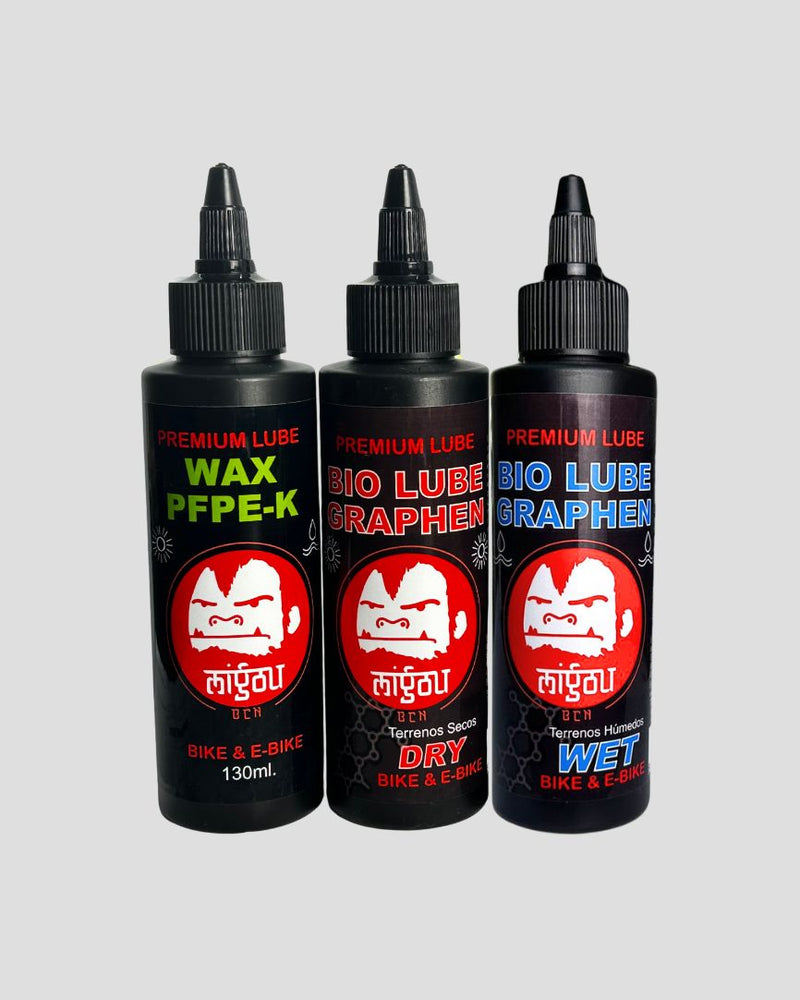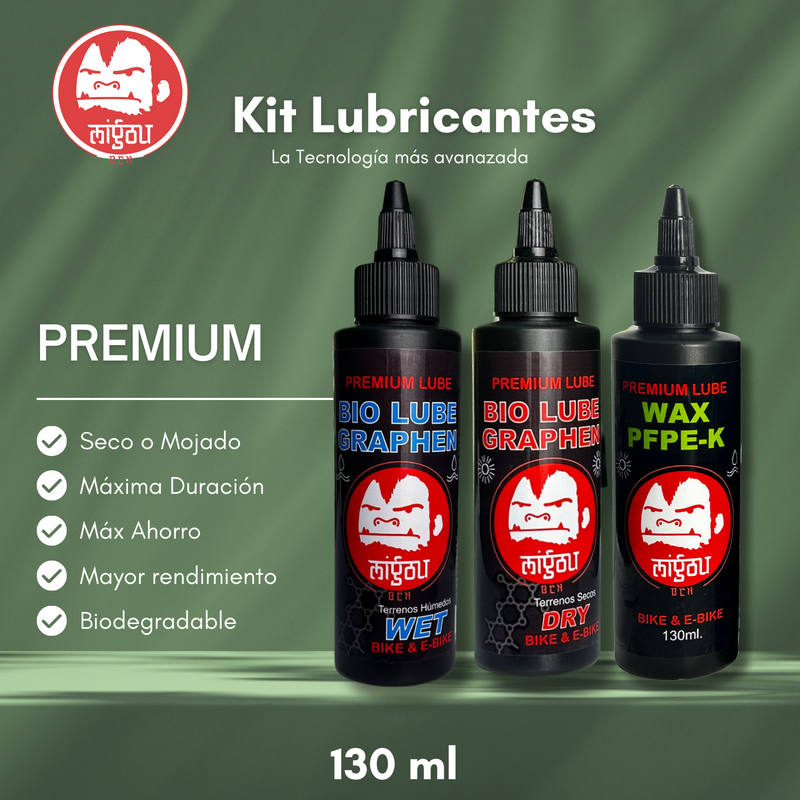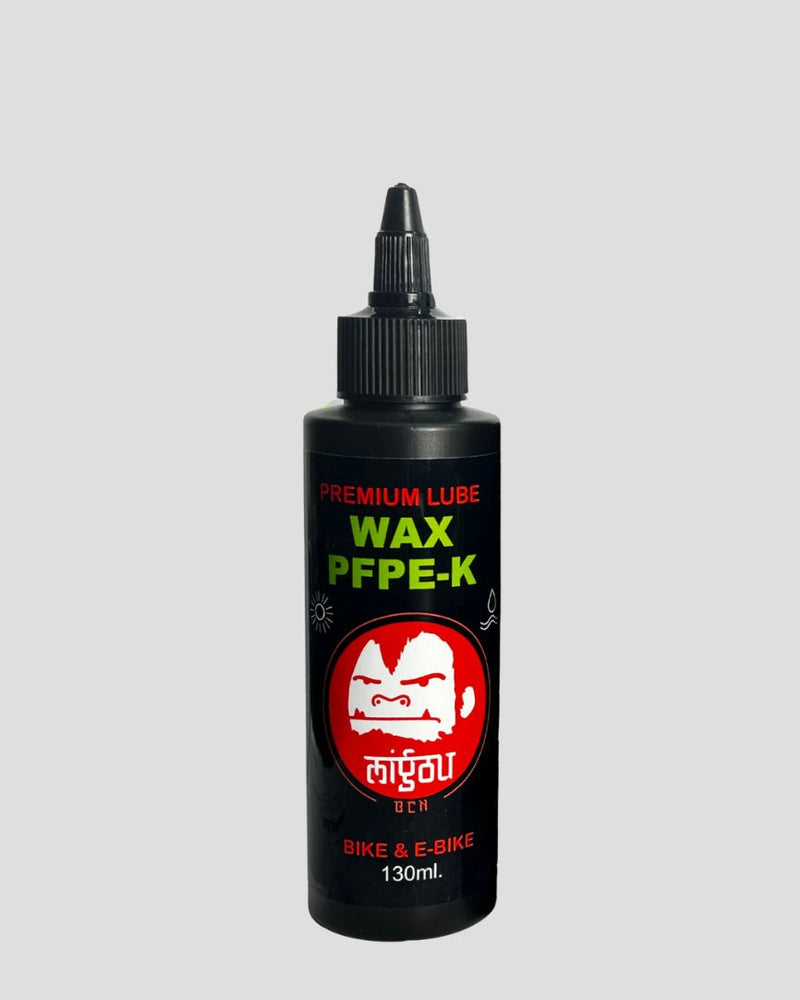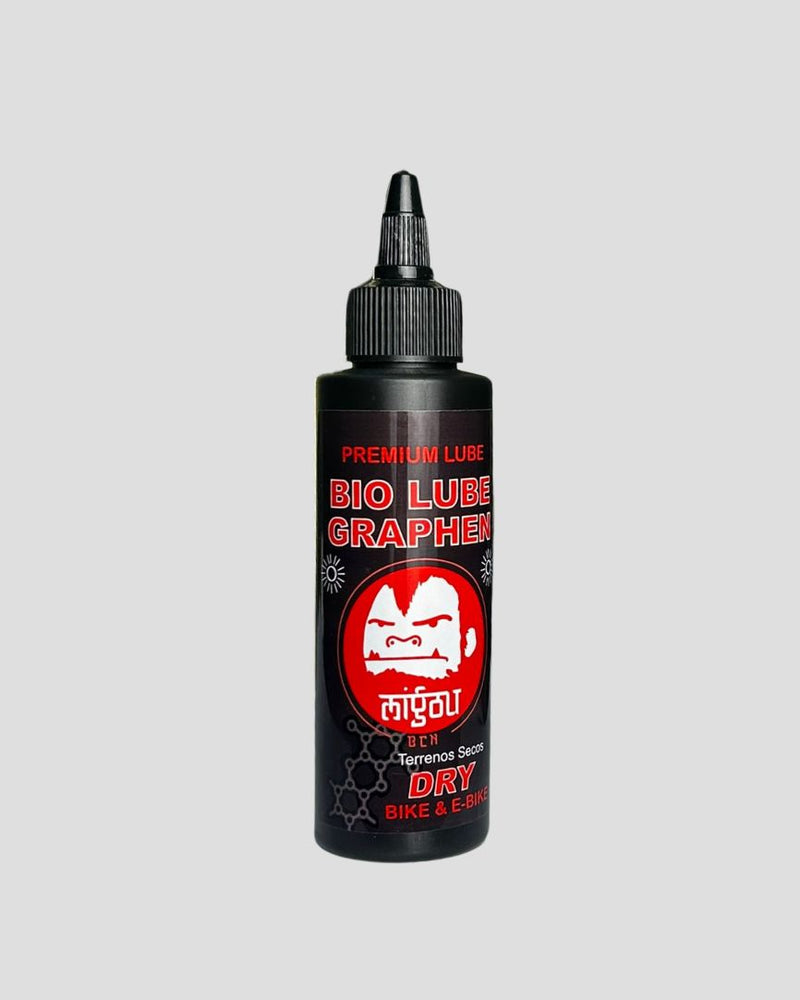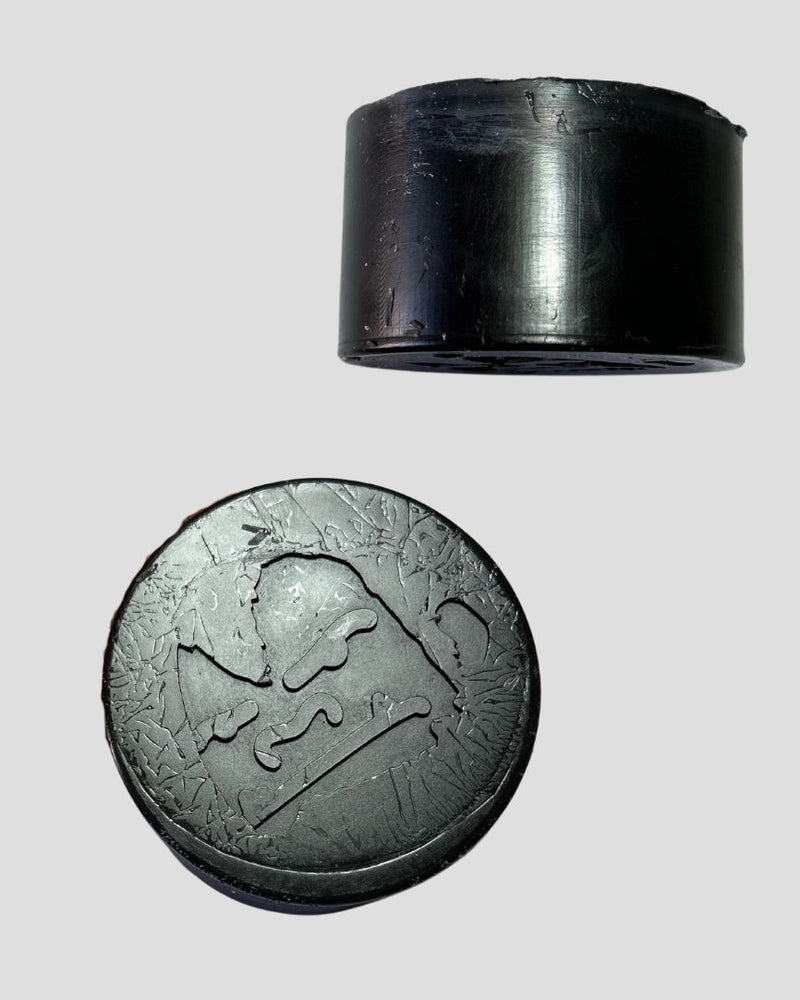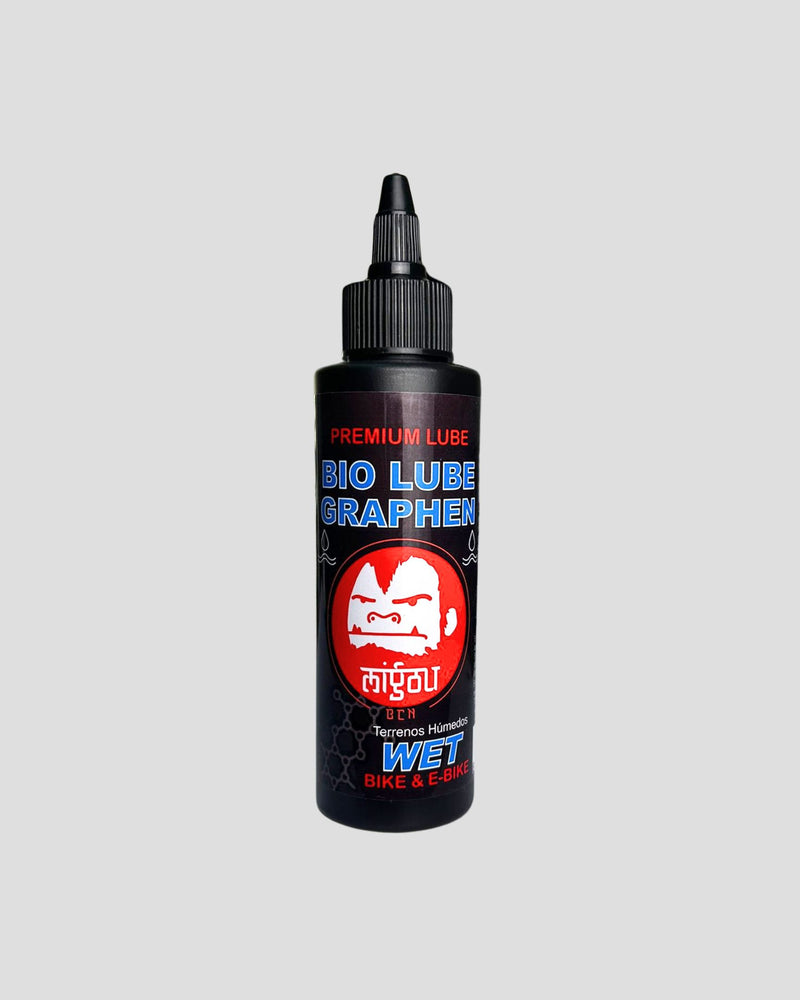Carretera - Montaña - Gravel
Beneficios de un Buen Lubricante para Cadena
- Transmisión Eficiente: Menos fricción y cambios más suaves.
- Protección Duradera: Cada lubricante crea una película protectora para evitar la corrosión y el desgaste prematuro.
- Mantenimiento Sencillo: Con unas pocas gotas, tu bici quedará lista para afrontar cualquier ruta.
- Versatilidad: Encuentra la fórmula perfecta para tu estilo de conducción, ya sea urbano, MTB o carretera.
Ideal para Todo Tipo de Ciclistas
- Carretera: Logra rodadas limpias y velocidad constante en asfalto.
- MTB: Soporta barro, polvo y humedad sin perder su eficacia.
- Urbanas: Minimiza el ruido y el desgaste en trayectos cotidianos.
Mejora la vida útil de tu cadena y disfruta de un pedaleo más suave con nuestra gama de lubricantes para cadena de bici. Selecciona el producto que mejor se adapte a tus necesidades y olvídate de las averías inesperadas en pleno recorrido. ¡Pedalea con la confianza de tener tu transmisión siempre a punto!


